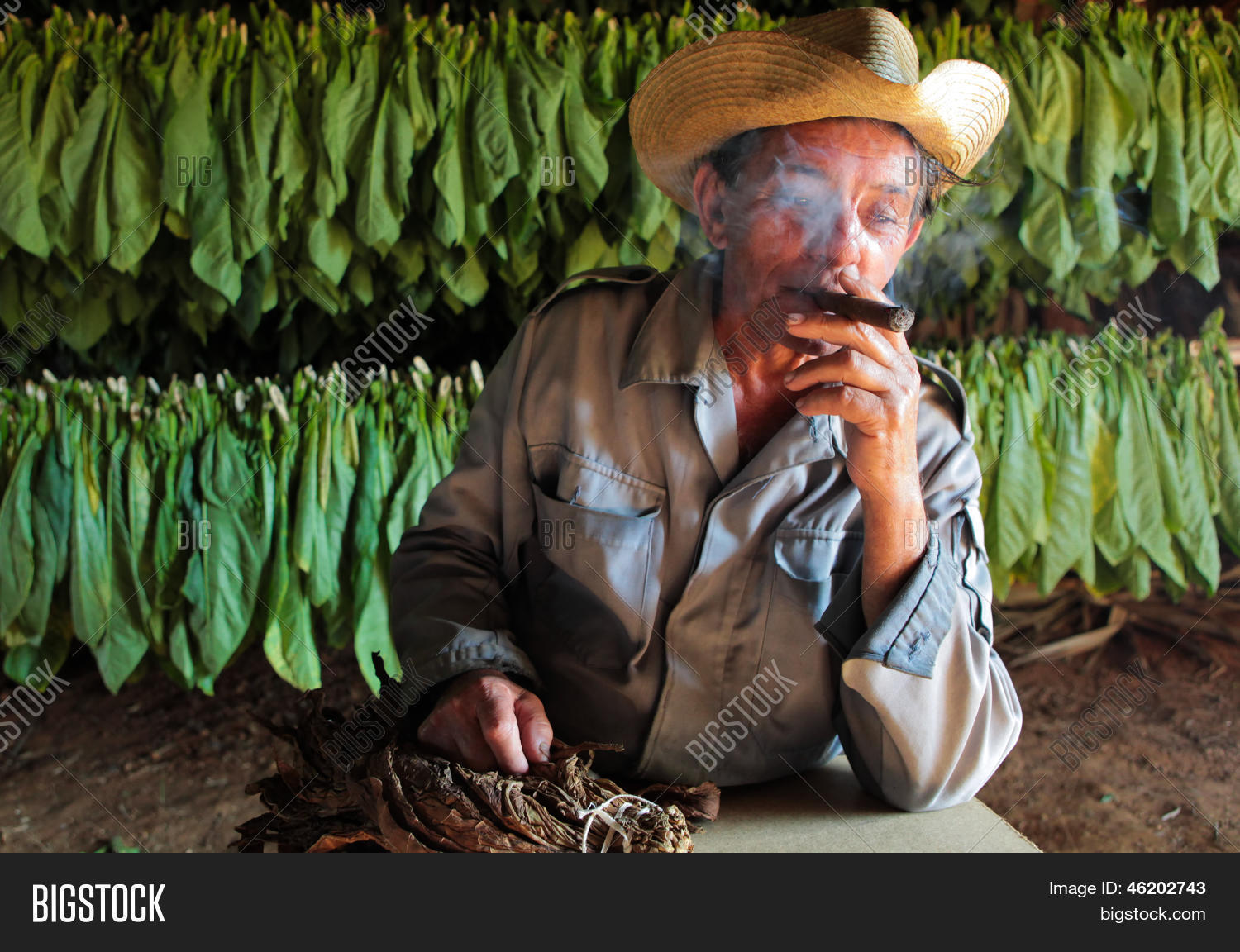by Martin Haffner Senior Editor
The Future of Tobacco Prices: Trends, Challenges, and Transformations
Tobacco, a product that has shaped economies and cultures for centuries, is at a pivotal crossroads. With increasing health awareness, regulatory changes, and evolving consumer preferences, the future landscape of tobacco prices is set to undergo significant transformation. This article explores the factors influencing tobacco prices, the implications for consumers and the industry, and potential future scenarios.
Current Trends Influencing Tobacco Prices
- Government Regulation and Taxation: Worldwide, governments are implementing stringent regulations on tobacco sales as part of public health initiatives. Many countries have increased tobacco taxes significantly, aiming to discourage smoking by making it more expensive. For example, the World Health Organization (WHO) recommends that countries tax tobacco products to reduce consumption and improve public health. These taxes are usually passed directly onto consumers, making tobacco products less affordable.
- Health Awareness Campaigns: As awareness of the health risks associated with tobacco use grows, consumers are increasingly shifting towards healthier alternatives. Anti-smoking campaigns and education about the dangers of tobacco are leading to reduced demand. This decline in consumption can put downward pressure on prices unless producers find ways to maintain profitability.
- Evolving Product Landscape: The rise of e-cigarettes and other nicotine delivery systems (like vaping and heated tobacco products) is reshaping the industry. These alternatives are often marketed as less harmful than traditional cigarettes, attracting a new demographic of users. As consumers transition to these products, traditional tobacco prices may fluctuate based on demand.
- Illicit Trade: The illegal trade of tobacco products poses a significant challenge to legitimate businesses and governments alike. Illicit tobacco products are often sold at lower prices, undermining tax revenues and public health efforts. As authorities crack down on illegal trade, there could be an initial increase in legitimate tobacco prices followed by a potential stabilization.
Future Scenarios for Tobacco Prices
- Continued Price Increases: If governments remain committed to health policies and continue to increase taxes on tobacco products, prices are likely to rise consistently. This scenario could lead to a greater decline in smoking rates and a shift towards alternative nicotine products, creating a new market dynamic.
- Market Shrinkage and Price Stabilization: As the market for traditional tobacco products contracts due to health regulations and changing consumer preferences, prices may stabilize at a lower level. Manufacturers might seek cost-cutting measures to maintain profitability, potentially leading to lower prices for some tobacco products to retain consumer interest.
- Diversification and Innovation: Tobacco companies might pivot towards diversification by developing and marketing reduced-risk products. Innovations in the industry could lead to premium pricing for these new offerings, offsetting declines in traditional product sales. For instance, heated tobacco products and flavored e-cigarettes may command higher price points, catering to consumers seeking less harmful options.
- Economic Factors: Global economic conditions will also play a crucial role in determining tobacco prices. Inflation, changes in disposable income, and shifts in supply chains due to geopolitical tensions can impact production costs and, consequently, retail prices.
Implications for Consumers and the Industry
The evolving landscape of tobacco pricing presents both challenges and opportunities. For consumers, higher prices may further discourage smoking, contributing to public health goals. However, for those who continue to use tobacco, the strain of increased costs may push some towards cheaper, potentially unsafe alternatives.
For the tobacco industry, adapting to regulatory changes and shifting consumer preferences will be crucial. Companies that successfully innovate and diversify their product lines may thrive, while those that cling to traditional models may struggle to survive.
As we look to the future, the trajectory of tobacco prices will be shaped by an intricate interplay of regulation, consumer behavior, and market dynamics. While the growing movement towards healthier lifestyles and government intervention suggests a challenging road for the tobacco industry, it also offers a chance for transformation and adaptation. Ultimately, the next decade could redefine what we think of as the tobacco market, with significant implications for prices, consumers, and public health.



